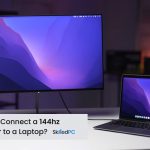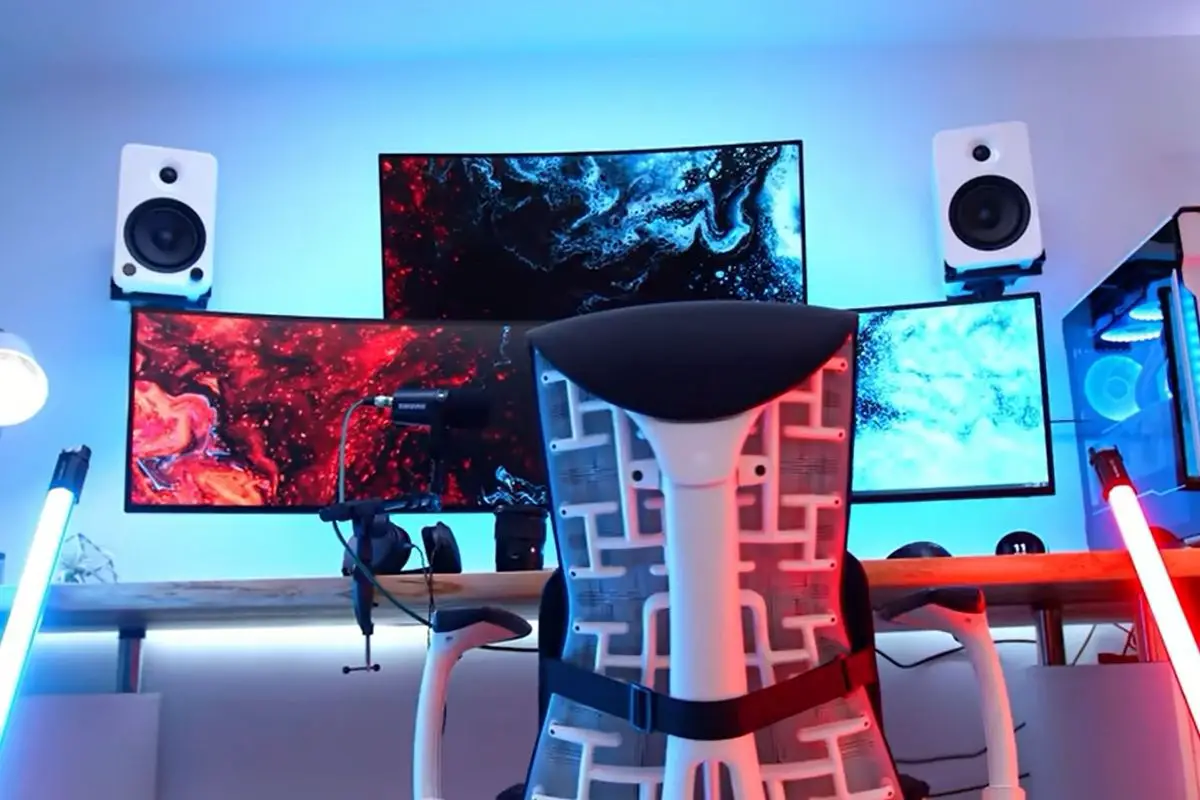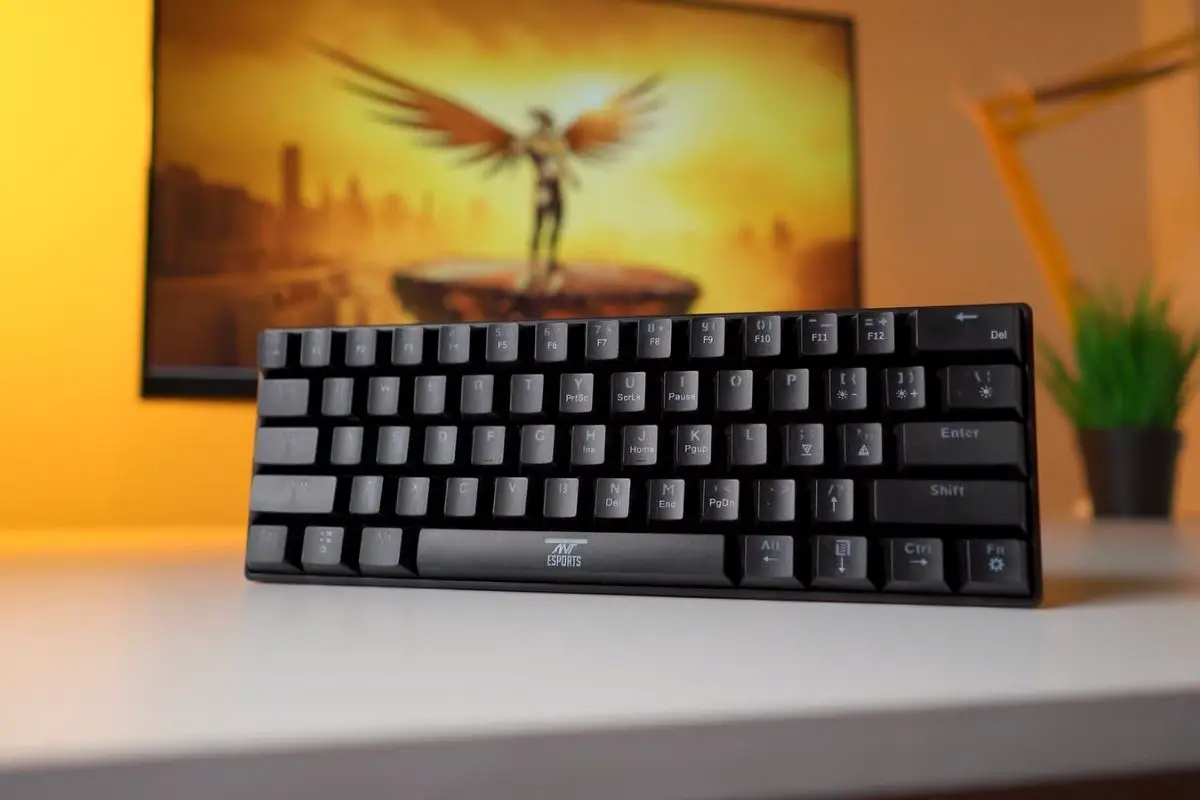As an Amazon Associate, we may earn from qualifying purchases. Our posts may include affiliate links, at no extra cost to you.
In the past, the projectors were considered office equipment. People thought they were only to display their presentations in front of large audiences. Employees love to display infographics using projectors in front of their managers to get appreciation. They are the best option to grab audience interest.
The world has changed. Today projectors are not restricted to offices only. People love to use them at home to entertain themselves. Some use them for watching movies with a family, while others use them to watch a football match along with friends.
Everybody loves to watch their favorite stuff on a big screen, but the problem is projectors are not as that cheap as everybody can afford. People want a big screen, but they can’t buy an expensive projector on their limited budget.
People like me with a limited budget always try to find an alternate way to get a big screen without spending huge money on a projector. Are you in the same slot? There is a piece of good news! We can have a big screen like a projector with just our laptop or a smartphone. We need to have some simple available home materials to perform the task. I’ll guide you on How to Project a Laptop Screen to the Wall Without a Projector so that you enjoy every moment of your favorite match or movie without spending extra bucks.
Read also: Best 17″ Wide Touchscreen Laptops
Contents
How to Project a Laptop Screen to the Wall Without a Projector?
1. Required Material
Make sure you have the following materials to make a homemade projector:
- Laptop
- SmartPhone
- Cardboard box
- Magnifying glass
- Duct tape
- Scissors
- Penknife (optional)
- Black matte paper
- Glue
![How to Project Laptop Screen to Wall without Projector? [Easy Method] 2 Material for the homemade projector.](https://skilledpc.com/wp-content/uploads/2022/05/Required-Material.jpg)
Hopefully, you will have all the material mentioned above. If anything is missing, don’t worry. You can use a close alternative to that material. e.g. If you don’t have a cardboard box at home, you can use a shoebox instead.
Read also: MSI 17-inch GT77 Gaming Laptop
2. Use the Correct box and Mirror
![How to Project Laptop Screen to Wall without Projector? [Easy Method] 3 A black shoebox with magnifying glass.](https://skilledpc.com/wp-content/uploads/2022/05/Use-the-Correct-box-and-Mirror.jpg)
First of all, we need a cardboard box to fit our laptop or a smartphone. It should be big enough so that it can accommodate magnifying glass too. It would be great if you managed to get the exact size mirror for your smartphone or laptop screen.
We can make a homemade projector using our smartphone or laptop by following the same process. The only thing to consider is choosing the correct size box.
I am making a projector using my smartphone, so I’ll use a shoebox. If you want to make a projector using your laptop, you can select a giant cardboard box according to your laptop size. The process will remain the same.
Read also: Razer Blade 14-inch Portable Gaming Laptop
3. Adjust the Magnifying Glass
![How to Project Laptop Screen to Wall without Projector? [Easy Method] 4 I am mounting magnifying glass within the box with glue.](https://skilledpc.com/wp-content/uploads/2022/05/Adjust-the-Magnifying-Glass.jpg)
First, you need to adjust the mirror at the center of the cardboard box. You can use a pencil to mark the glass. After tracing the outer border of the glass, you need to cut the exact hole. You can use a pen knife to perform the job. It is important to cut the hole carefully so that magnifying lens can fit perfectly within the box.
We will make sure that the lens should be clear. If a lid or a portion of the box messes up with the lens, we will cut that part with the knife. We will mount the magnifying glass on the cardboard box with the glue.
Read also: Laptops with Best Mechanical Keyboards
4. Make Adjustable Focus
![How to Project Laptop Screen to Wall without Projector? [Easy Method] 5 Mobile attached with movable stand with double tape.](https://skilledpc.com/wp-content/uploads/2022/05/Make-Adjustable-Focus.jpg)
Now we will make a movable stand that will hold the smartphone. This movable stand will help us to get high-quality video output by moving to and fro.
We will use foam board to make a custom movable stand. We will take measurements and cut two portions of foam board so that they can perfectly fit inside the cardboard box.
We will join the two pieces of foam boards with Glue. After joining both pieces with glue, we will allow them to dry. Both foams will remain in a perpendicular position to provide a stable light source and to avoid distortion.
We’ll mount our smartphone and the movable stand with some strips of double side tape. We will properly align the smartphone with the magnifying glass to get the best results.
Read also: Laptops With White Backlit Keyboard
5. Interior Lighting
As you know, the projection of a projector depends upon the source light, and we are trying to build a projector using home accessories and not professional equipment. Our laptop screen or smartphone light is not strong enough as a professional projector has, but our objective is to get the best possible result with these weak light sources.
It would help if we could create a dark environment inside the box so it couldn’t reflect the light. For this purpose, we can use black paint inside the box. We can use black matte paper too. We want to create an environment that should not reflect the light inside the box.
We will set the brightness of our laptop or smartphone to the highest level to get a sharp image on the wall.
Read also: Top Laptops with Numpad Keyboards
6. Quality of the image
The image quality will largely depend on how close you are to the wall. If you move away from the wall, the image quality may worsen. Similarly, the image may distort if you are too close to the wall. You’ll have to experiment to find the proper distance between your laptop and the room wall.
You should make sure your laptop screen is clean from dust and stains. It would be best to clear laptop screen marks and dust to get a higher-quality image.
Another factor that affects image quality is how bright your laptop screen is. According to my experience, if you will increase the brightness of your laptop or mobile, you will be able to get a higher quality image.
Lastly, the quality of the image also depends on the type of wall surface. A smooth, white wall will give you the best results. But if you’re projecting onto a textured wall or dark colors, you may get a blurred image.
Troubleshooting
If you’re having trouble getting a clear image, you can try a few things.
- Adjust the position of your laptop or smartphone.
- Increase the brightness of your screen.
- Try using a different wall surface.
With a bit of trial and error, you should be able to get a great image!
Also Read: How to Connect PlayStation to a laptop?
7. Alternatives to using a Projector
There are a few different ways that you can project your laptop screen to the wall without using a projector.
- The first way is to use an HDMI cable. You can connect one end of the HDMI cable to your laptop and the other end to your TV. It will allow you to mirror your laptop screen on your TV.
- Another way to project your laptop screen is to use a Chromecast. You can connect the Chromecast to your TV and then cast your laptop screen to the TV. It is an excellent option if you don’t have an HDMI cable or if you want to be able to move around the room while you’re presenting.
- The last way to project your laptop screen is to use a wireless display adapter. It is a small device that you can connect to your TV. Then, you just need to connect your laptop to the adapter, and your screen will be projected wirelessly.
Read also: How to Connect Bluetooth Soundpeats Your Laptop or Smartphone?
Read also: How to interlink a 144hz Monitor to Your Laptop?
Read also: How You can turn on Your Gateway Laptop without the Power button?
Final Words
Projecting your laptop screen to the wall is a great way to watch movies, give presentations, or get a bigger view of your work. With a little bit of experimentation, you should be able to get a clear image without any special equipment!
![How to Project Laptop Screen to Wall without Projector? [Easy Method] 1 Magnifying glass fitted in a shoebox.](https://skilledpc.com/wp-content/uploads/2022/05/How-to-Project-Laptop-Screen-to-Wall-without-Projector-768x512.jpg)

![Where is the Mic on a Dell Laptop? Enable/Disable [Fix Issues] A black Dell laptop is having an issue with Mic.](https://skilledpc.com/wp-content/uploads/2022/05/Where-is-the-Mic-on-a-Dell-Laptop-2-150x150.jpg)



